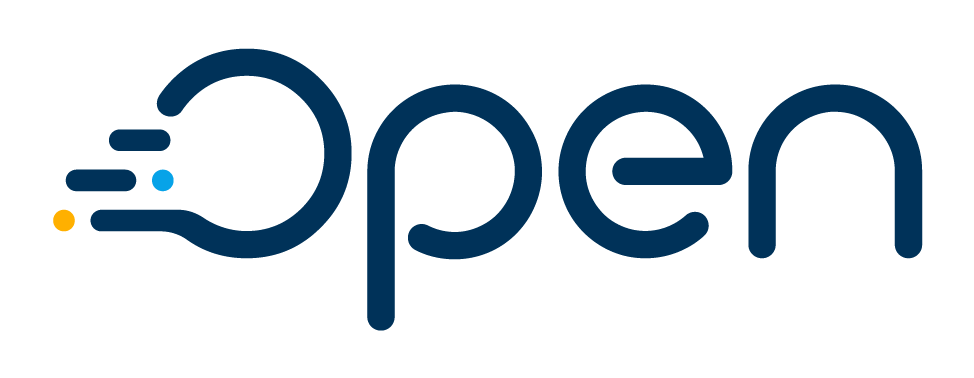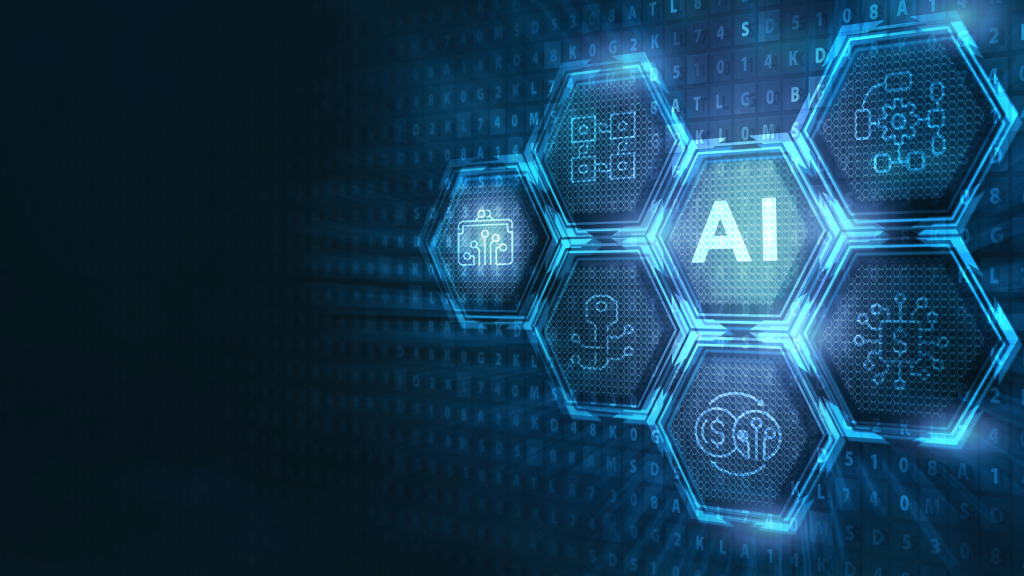Utilities are facing multiple challenges that drive their digital transformation. Digital companies, also known as dragons, are beginning to enter the utility industry and are posing as strong market competitors. As digital dragons reshape customers’ expectations, utilities must decide whether they will tame or feed these dragons. For the ones who opt to feed them, the remaining question is: Do you have what it takes to keep pace with market demands?

Today, the utility industry is rapidly changing with the addition of new services, digital communication channels, and technologies to improve business processes. These developments allow new players to enter the market by offering different innovative products and services such as smart appliances, virtual assistants, solar panels, and green energy. Evidently, this increases competition within the industry, as these innovations appeal to customers with ever-growing expectations.
Gartner Inc. refers to these new competitors as “Digital Dragons” because they are digital giants that invest in general-purpose technologies such as artificial intelligence and connected sensors to introduce innovative products into diverse markets, including utilities. These digital dragons use analytic capabilities to define customer profiles and deliver more personalized customer journeys. These initiatives ultimately increase customer expectations across industries.(1)
While utilities offer services that depend on slow in-person connections, digital dragons are disrupting the business with digital products. These tech players are intercepting utilities’ possible new revenue streams and taking advantage of the preexisting connections that utilities have paid for.
This situation may be overwhelming for utilities, especially for those who have relied on regulations as indicators of when to invest in new technologies to evolve their service portfolio. To face this increasing competition, service providers should explore other possibilities to move from the status quo to an innovative status so that they can deliver new services to cope with market changes quickly. To do so, utility companies can establish win-win relationships with these digital dragons so that utilities’ business models are still compliant with regulations, while also reducing uneven competition.
Top utility companies have started to deliver new services leveraged on the technology provided by digital dragons. A utility in Great Britain is offering smart home services by taking advantage of Google’s Virtual Assistant to solve heating and hot water troubleshooting. Other utilities located in the United States are using an e-commerce platform to sell smart appliances such as heaters, refrigerators, and ACs to help customers be more energy efficient.
However, utilities must have the required capabilities to carry out these efforts. For starters, utilities must rely on a Customer Information System that allows them to quickly roll out innovative products and services. As the market is continually changing, utilities should focus on finding a system that has the flexibility to model new products, services, and pricing schemes without the need for lengthy customizations and high IT dependence. This way, they can be prepared to integrate all the products offered by digital dragons to their portfolio in this rapidly growing era.
The market has started to adopt bundled deals across multiple segments (business to business, business to customers, and business to cities). These bundled deals provide customers with a higher level of comfort in comparison to acquiring multiple individual services, which require utilities to package services and discounts and create what Accenture Consulting describes as “holistic customer value propositions”.
Consequently, utilities should be able to segment these new offers based on their customers’ profiles to enable cross-selling and up-selling. This requires the CIS to evaluate if a customer interacting with a CSR is eligible for a new offer so that the conversation is more proactive and efficient. To remain consistent, utilities should also publish new offers on digital channels, such as the self-service portal, to further improve communication with customers.
The utility market will continue to face changes as end users continue gaining access to new technologies. Therefore, it is important to focus on solutions that are constantly updated by vendors through continuous delivery strategies, so that utilities can count on the tools they need to swiftly adjust to industry changes.
As utilities continue to explore new revenue streams, there is a new set of requirements that a modern CIS must address beyond system-of-record needs. With these new conditions, utilities will ensure that their CIS is equipped with the tools needed to take advantage of the technologies developed by digital dragons, reduce the gap on customer experience and increase competitiveness in the market.
To know more about how to deal with digital dragons using Smartflex, read the next article:
(1) Gartner. Webinar: Winning in a world of digital dragons. 2019.









